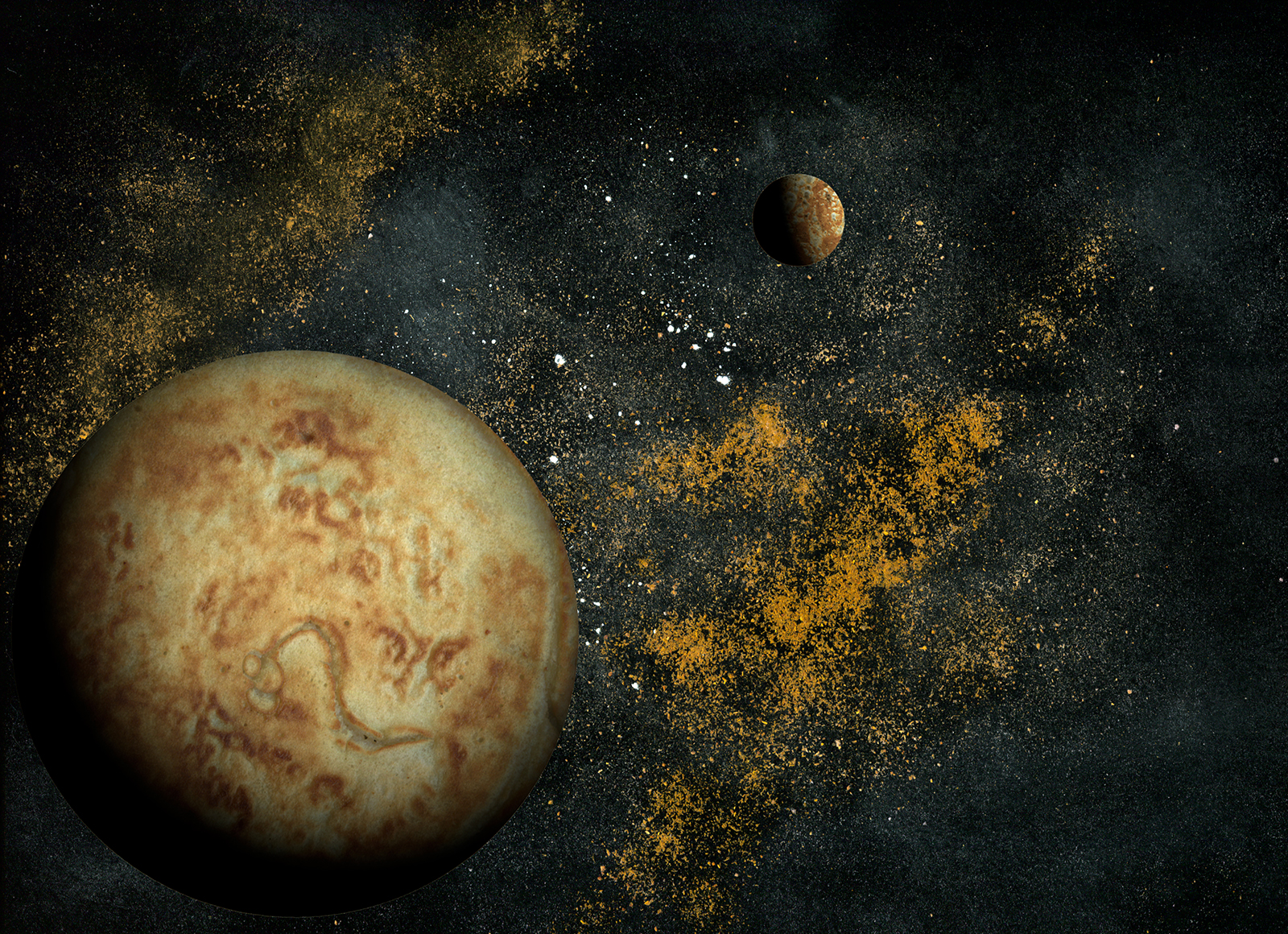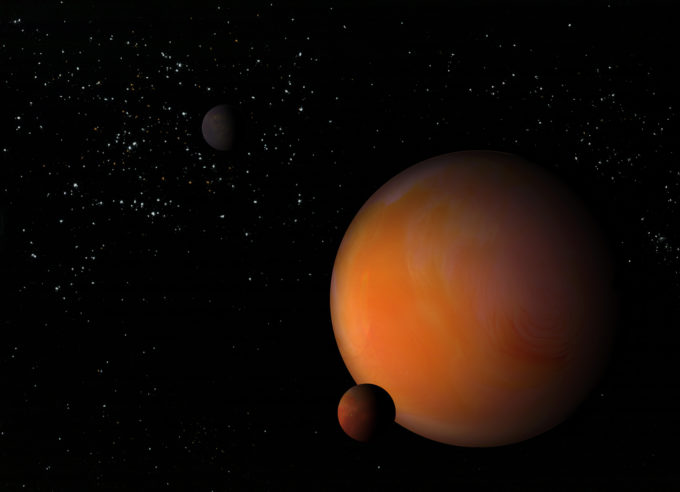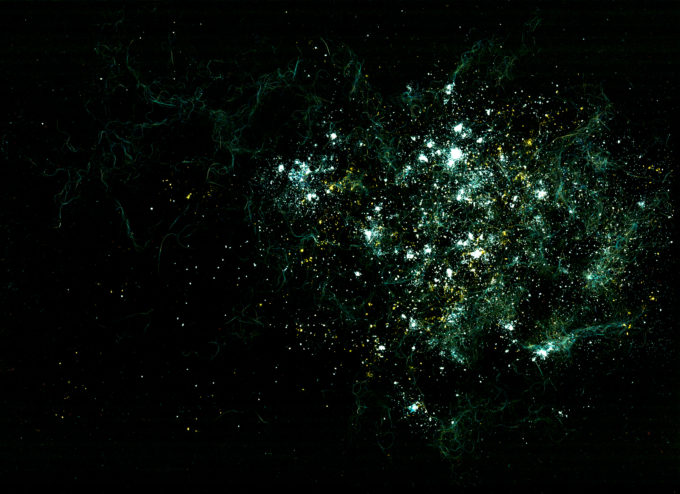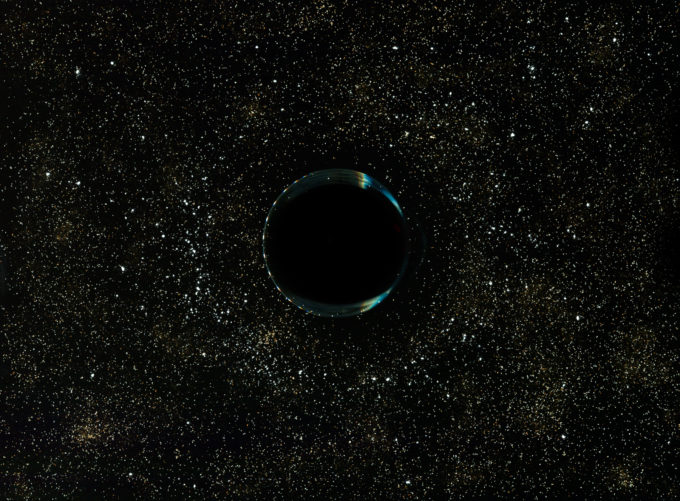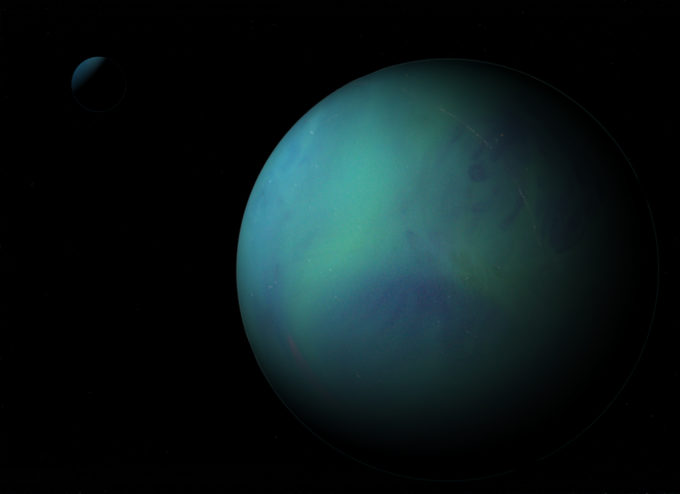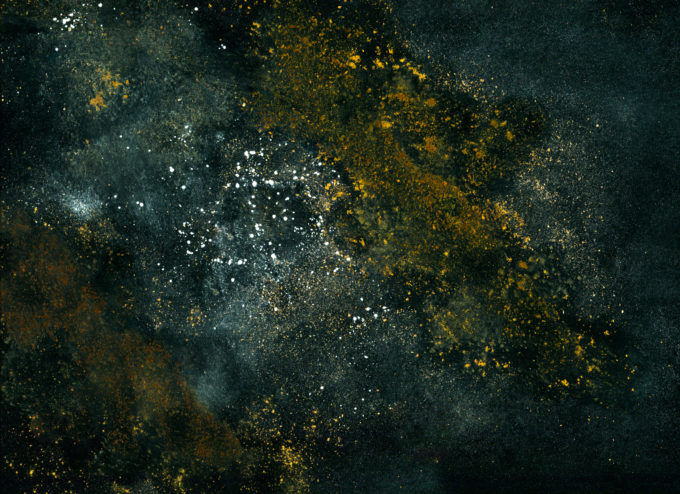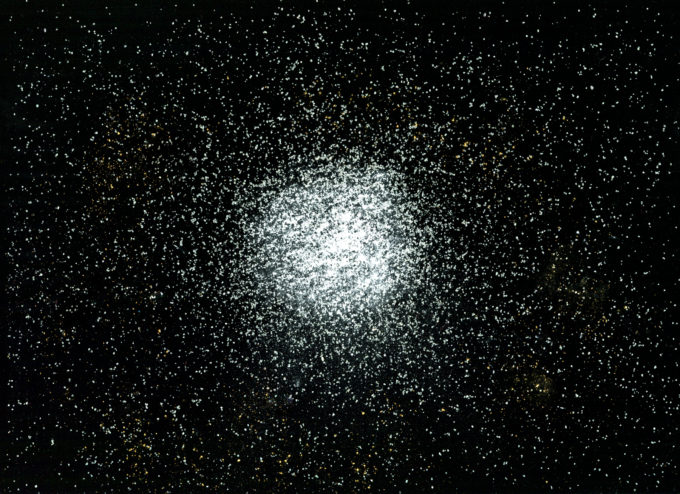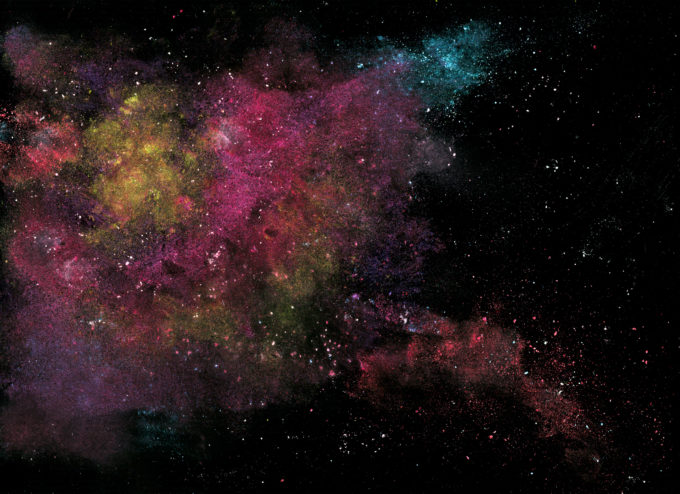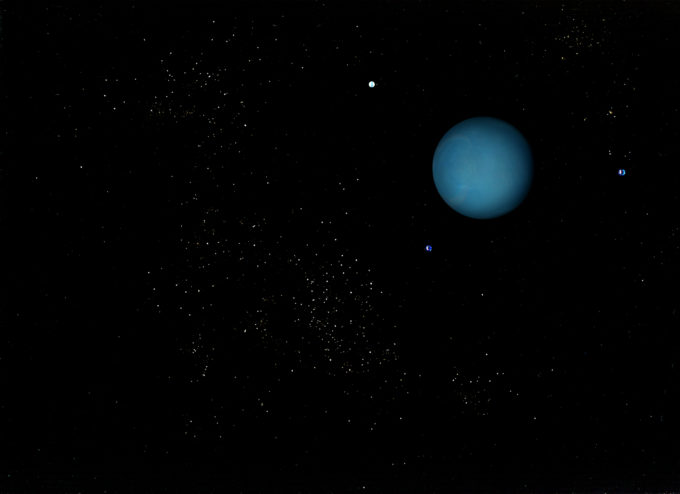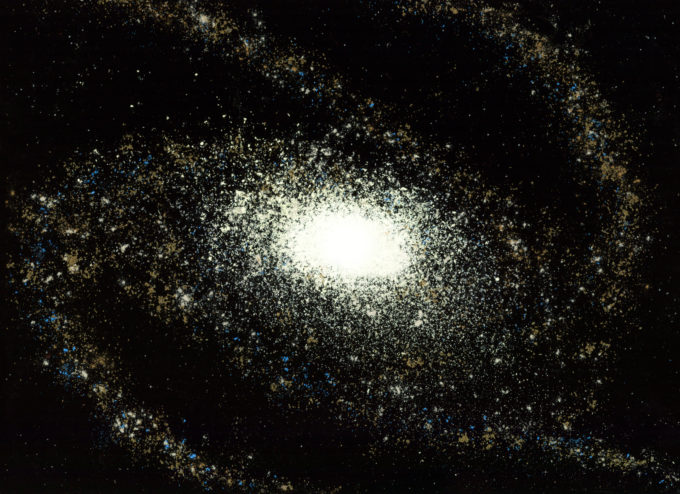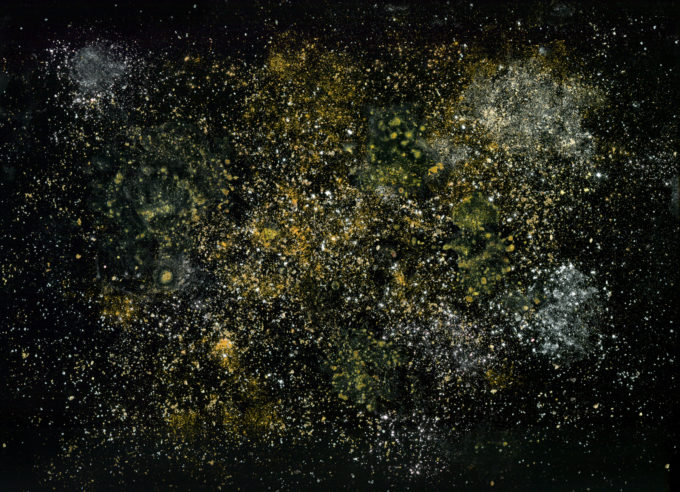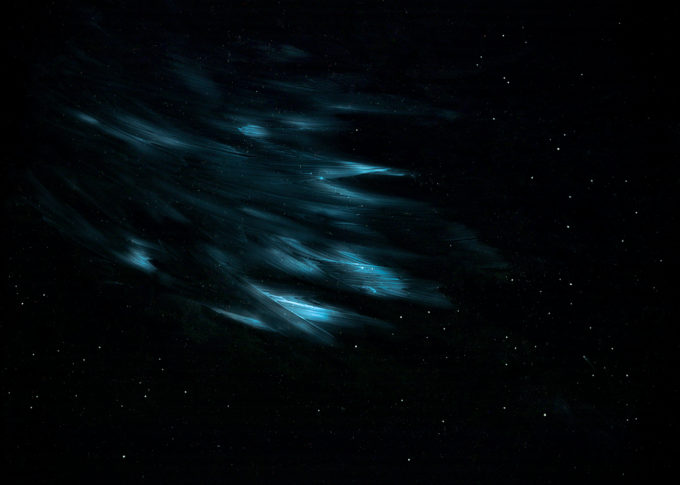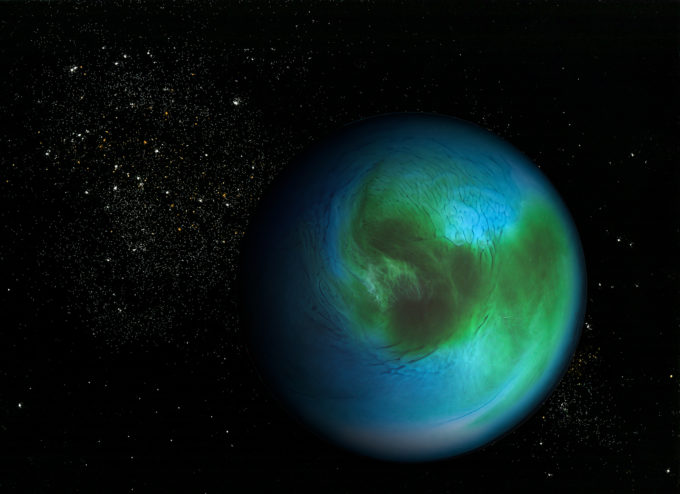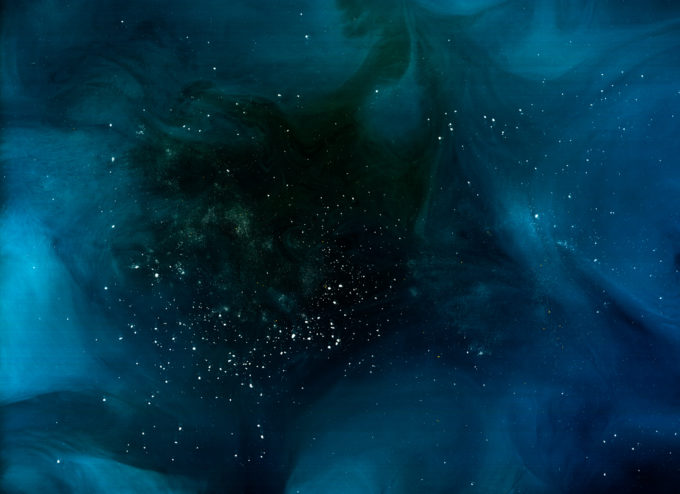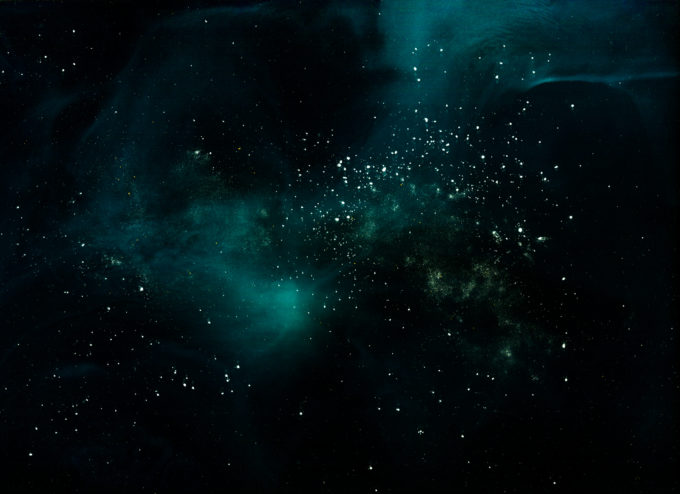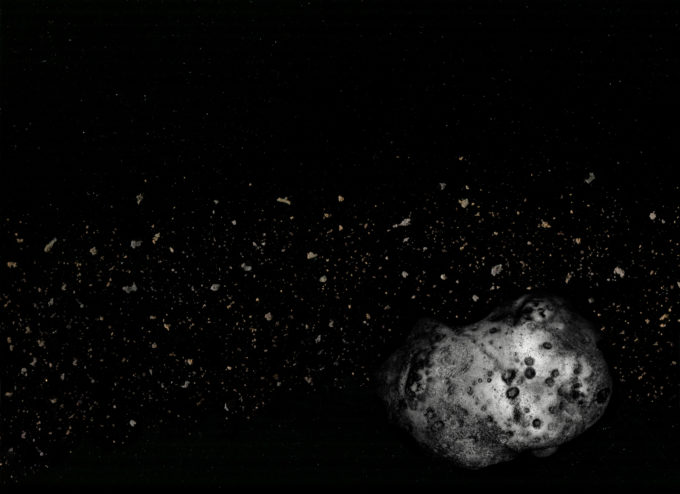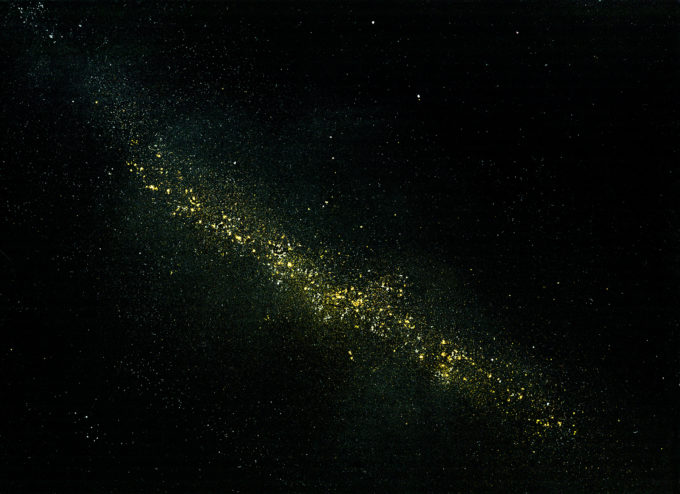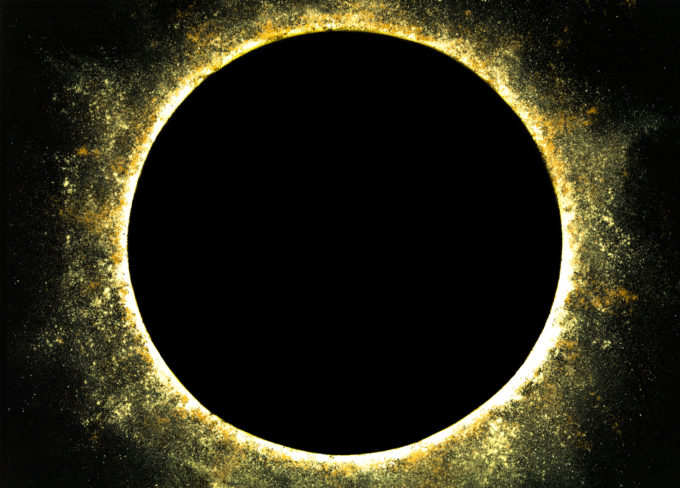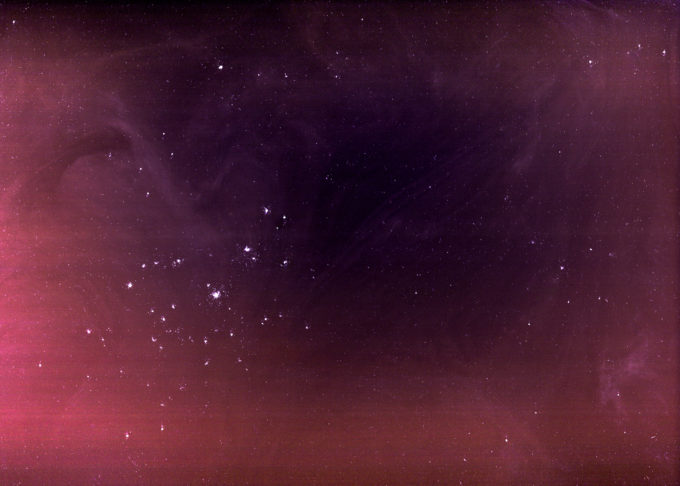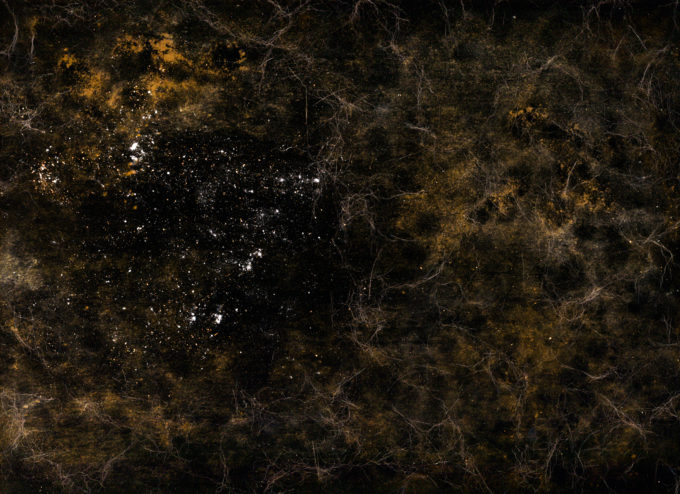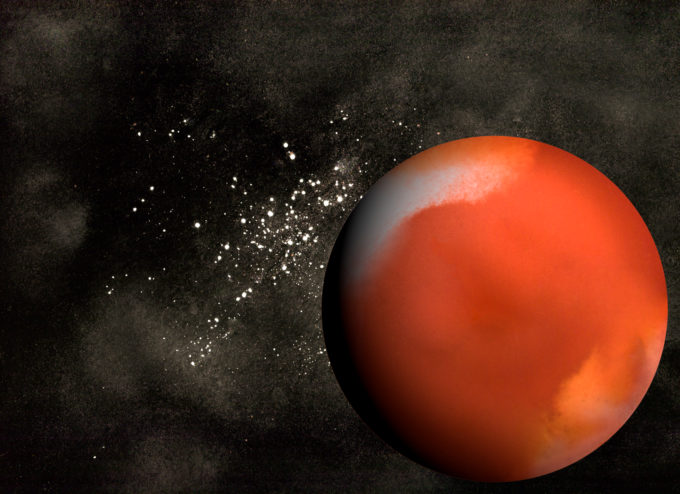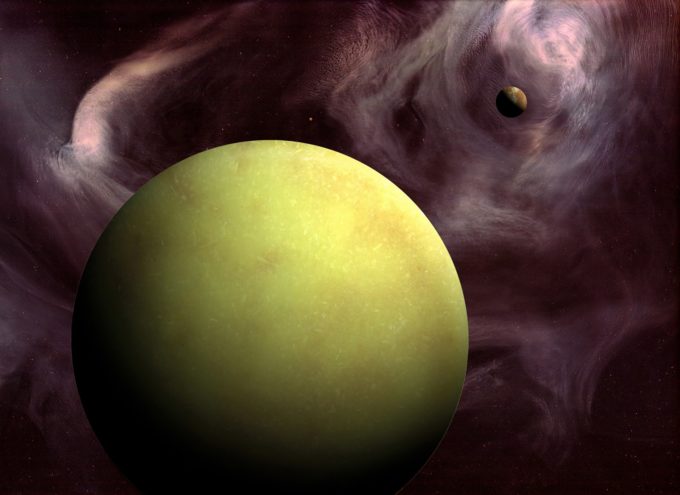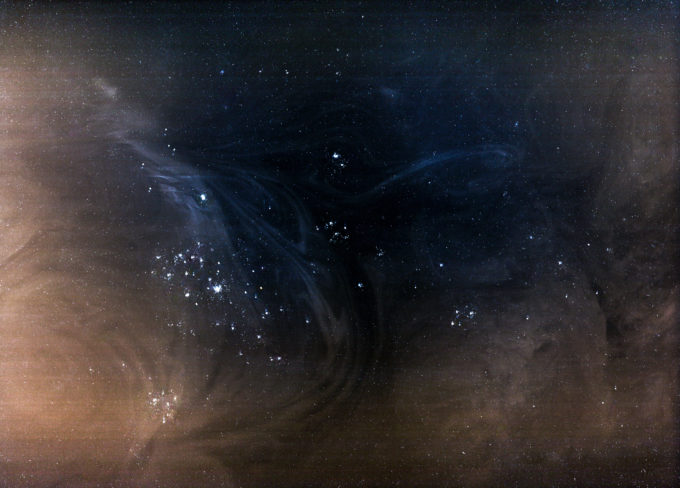All images by Navid Baraty. Used with permission.
Photographer Navid Baratay was previously on this site for his Intersection piece, but he’s also the creator of a really amazing series involving food and a photo scanner. Navid arranges all the pieces very carefully to make them look like a scene from outer space. In fact, it would probably be otherwise very tough to tell the difference.
To do this, Navid tells us that it involves lots and lots of trial and error.
Phoblographer: Where did you get the idea to do this project?
Navid: I’d seen other examples of scanography where artists scanned objects with the scanner lid open to create a sharp contrast between the highly detailed scan of the object against a the black background made from leaving the lid open. I wondered if I might be able to create space scenes on that black background by sprinkling spices and other ingredients on the scanner glass. I was definitely surprised at how realistic the scans looked.
Phoblographer: Was there storyboarding at all involved or were you just messing around on a scanner?
Navid: No storyboarding at all, just lots and lots of trail and error really. The images are made by placing the objects on an Epson photo scanner and then making a scan with the lid open. Most of the planets and moons are made by scanning the bottoms of glasses containing liquids. The liquids naturally create the shapes and swirls that you see in the images when they mix. The stars and other points of light are made by sprinkling spices and the other ingredients around the scanner glass. It will often take me 2-3 hours before I get a scan that I’m happy with. The whole project has been one big experiment in progress. I keep working to perfect my existing techniques while trying to figure out ways to create new celestial objects.
Phoblographer: Were there specific images you’ve seen previously that inspired you at all?
Navid: Images taken by the Hubble Space Telescope and other planetary spacecraft have greatly inspired me. I’ve had a fascination with space ever since I was a kid camping in the backyard and looking at the stars through my childhood telescope. When I look at the night sky, I’m captivated by its mystery and its unknowns.
I thought it would be fun to frame the project around the idea of this imaginary spacecraft roaming around the universe taking photos of its encounters. I had a whole story going for awhile of how I was selected to be the lead image processor for the Wander mission since I’m a photographer but have a degree in engineering, and that this was a real spacecraft out there taking images. A lot of people actually thought it was real! Part of the reason I created this fake narrative was to see if my scanned creations looked realistic enough to convince people that they were actual images from the cosmos. Eventually I decided to tell people how I really make the images.


